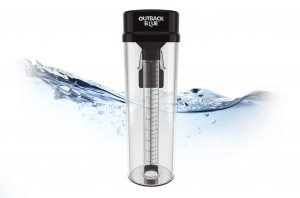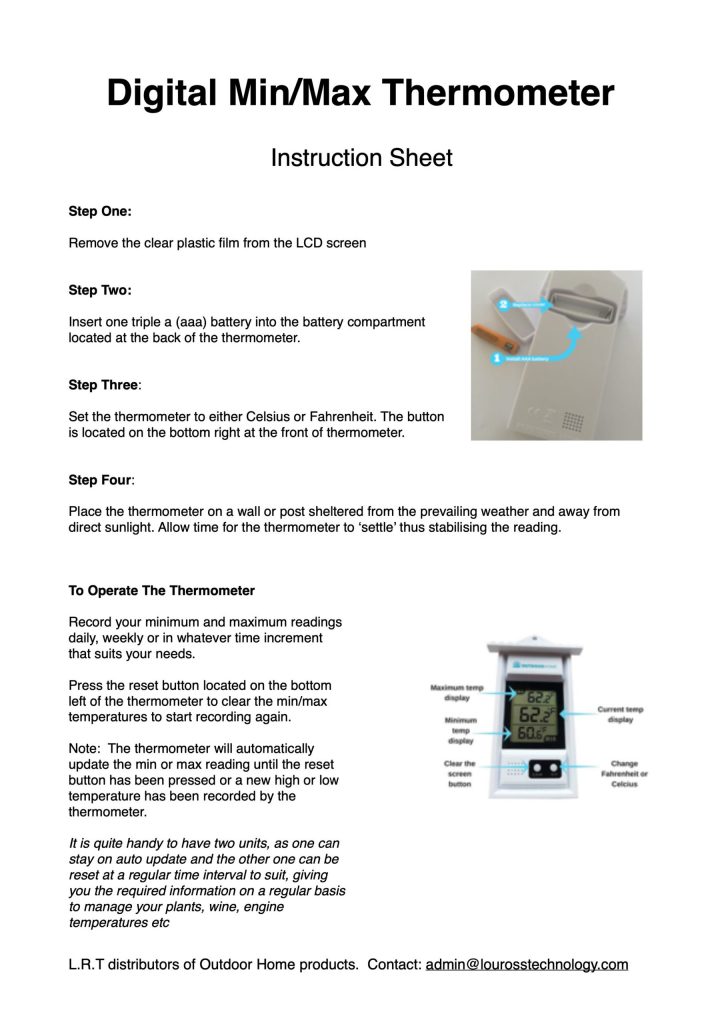If you are fed up with your rain gauge becoming unreadable or breaking in a matter of months, read this!
The reason many rain gauges crack and break or become unreadable is because of the material they are made out of. Plastic rain gauges come in many grades quality of plastic, and the main reason a rain gauge may be cheap is because of the quality of the materials used.
So if you are wanting a rain gauge that lasts the distance, won't go yellow or crack in the sun or frost conditions you need to be paying attention to the quality of materials used in the product.
Polystyrene plastics are more commonly associated with the cheaper end of the rain gauge range. The plastic is easy to use and print on, however it is brittle.
At the other end of the plastic spectrum you have Polycarbonate plastic rain gauges. With more expensive material costs and to manufacture, they have the unrivalled advantage of being tough and durable in extreme climatic conditions. In harsh sunlight this plastic rain gauge does not yellow or go cloudy, so it remains easy to read and manage. Able to withstand frost conditions, however it may crack with snow freezing in it. Rain gauges manufactured from this type of plastic are usually chosen by weather bureaus and commercial enterprise because of it's durability.
For the very serious weather watcher metal rain gauges and automatic tipping bucket rain gauges could be appropriate. These definetely fall into the very pricey category!
For the backyard gardener or keen weather watcher the polystyrene or polycarbonate manual rain gauges are popular choices. If you are a gadget freak, then a electronic rain gauge or weather station may be a perfect fit.



